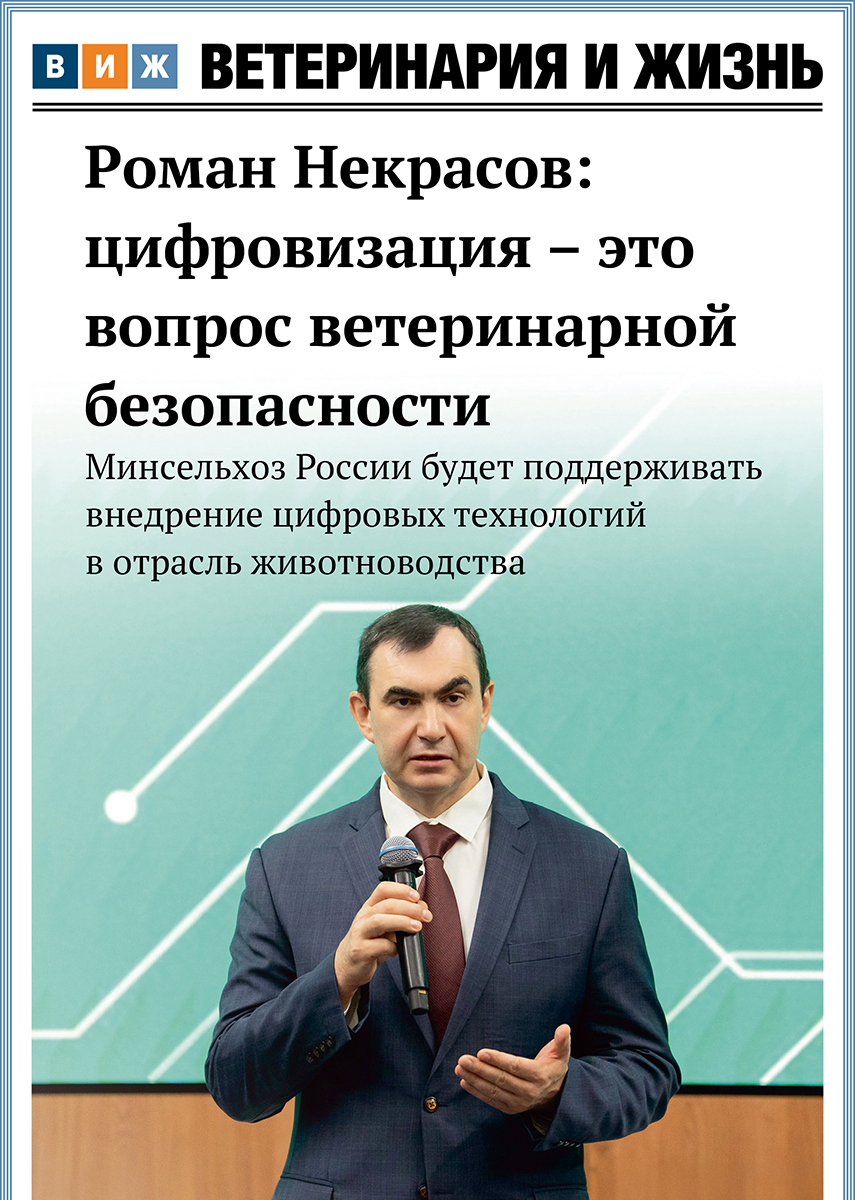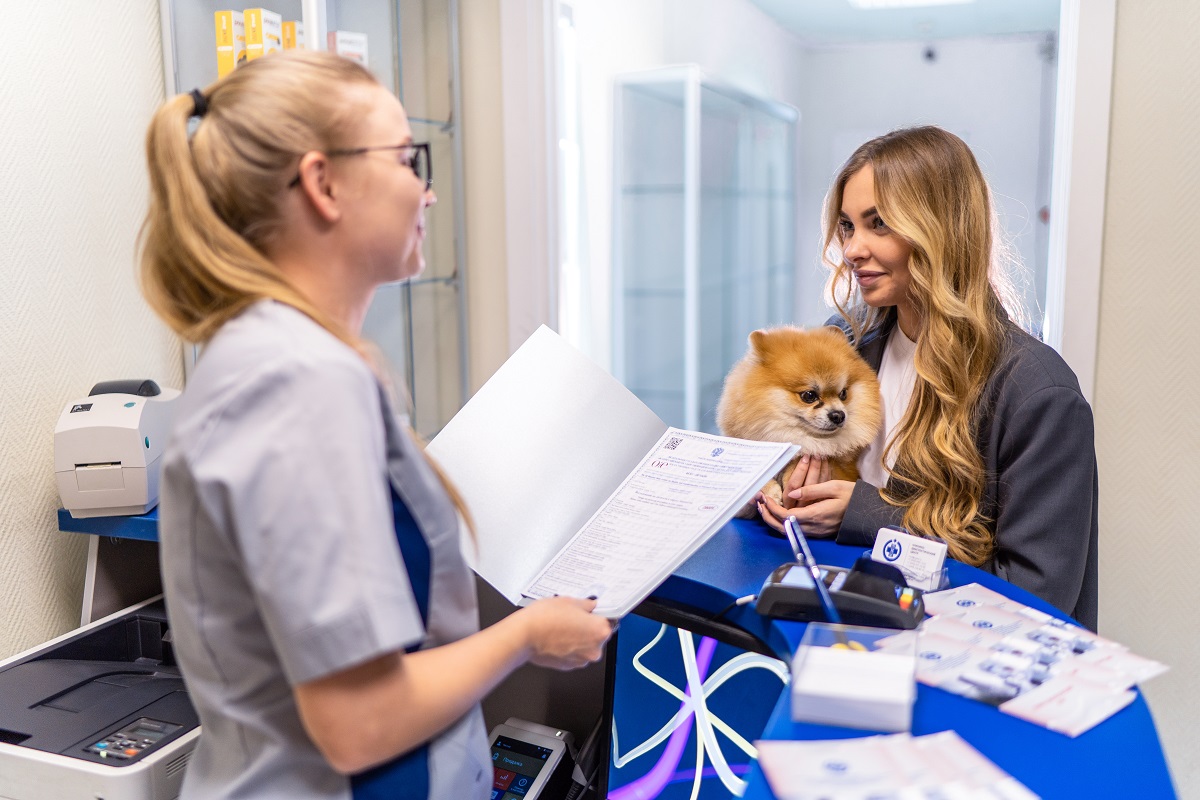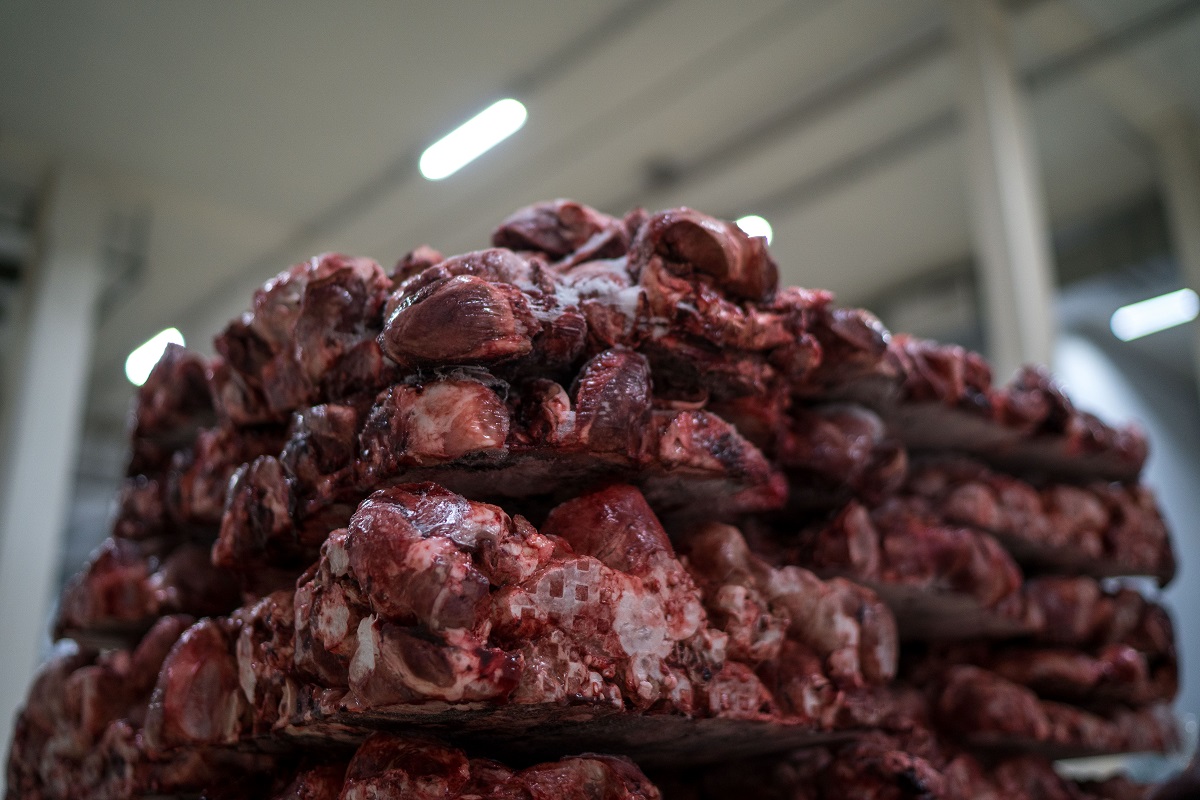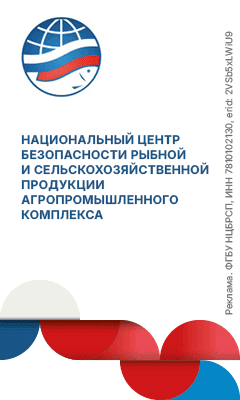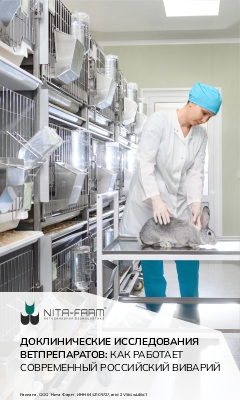Brucellosis surveillance in Russia is currently carried out in compliance with veterinary regulations adopted in 2020 (Order of the Ministry of Agriculture No. 533 of September 8, 2020).
“However, implications relating to the diagnosis of brucellosis in animals arose during the practical implementation of regulations, including preventive tests and outbreak elimination efforts, as well as during vaccination in regions both affected and free from brucellosis,” says the explanatory note to the document.
The new veterinary rules propose clarifications for routine serological test requirements. This relates to the brucellosis testing in different groups of animals in light of regional circumstances. For instance, heifers (including those of breeding age) and dairy cows in regions with “safe without vaccination” status should be tested once a year. The breeding stock in farms supplying milk to retail stores should be examined twice a year at a not less than 180-day interval.
Besides that, the new rules expand grounds for suspicion of disease and clarify cases that should be diagnosed as brucellosis.
In addition, requirements have been established for milk supplied to retail markets, as well as procedures for using products originating from healthy and sick animals. The conditions that allow supplying processing plants with milk obtained from healthy animals (excluding sheep and goats) in high-risk zones have also been outlined.
The new veterinary regulations are expected to come into force on March 1, 2024, and will be valid until March 1, 2030.
Information note:
Brucellosis (including ovine epididymitis) is a chronic infectious animal disease.
Clinical picture: abortions or stillbirths in the herd, orchitis, epididymitis (in males), swollen testicles (by 3-5 times in the case of ovine epididymitis).
In reindeer and horses, clinical symptoms also include arthritis and bursitis. In dogs: arthritis, spondylitis, and uveitis.
Asymptomatic infection is also possible.

